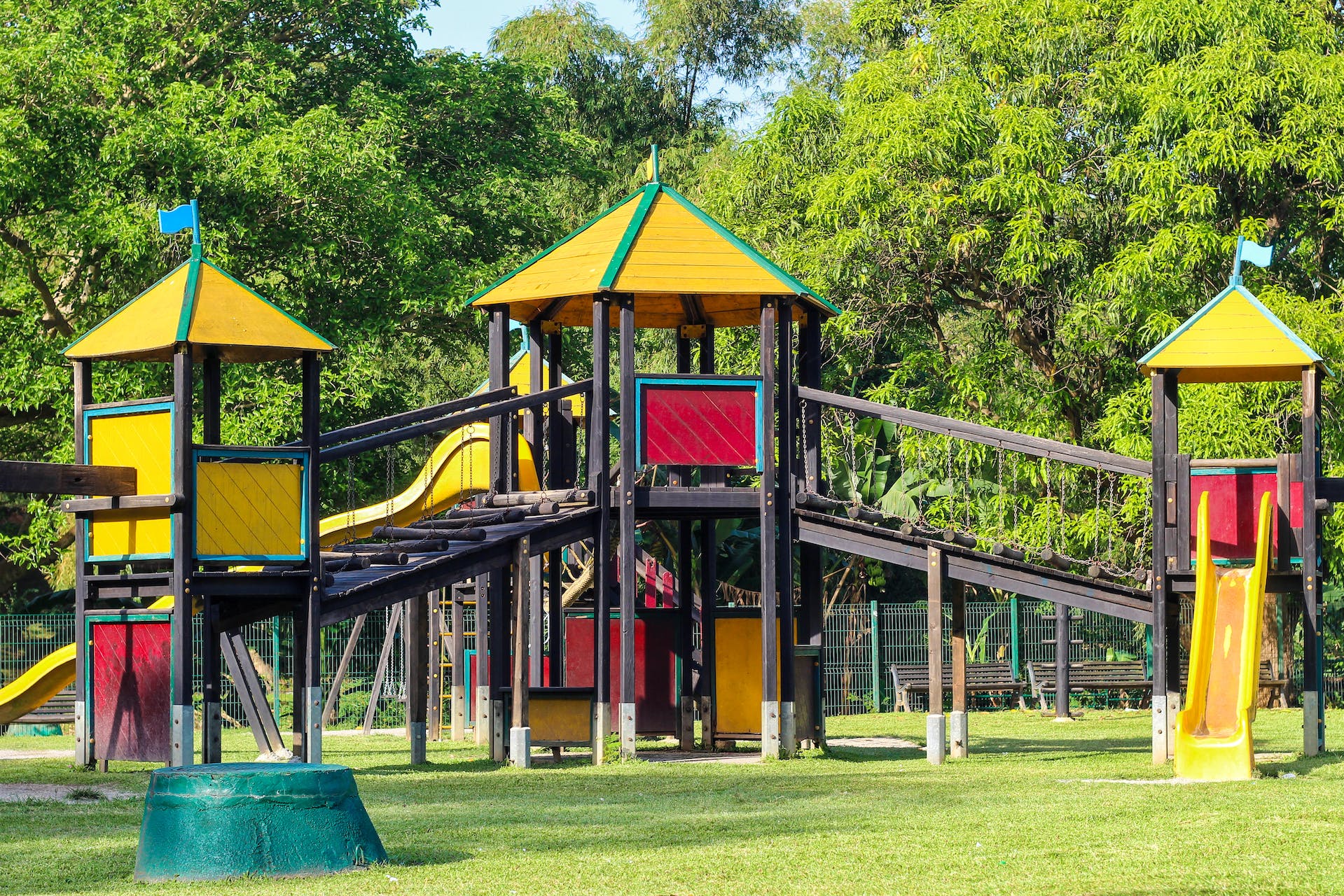Playgrounds are places where children develop via discovery, taking risks, and social contact; they are more than just places where kids can play. Playground Standards Australia is important since it ensures that these areas are safe and encourage development, which is crucial in Australia. This article explores Australian playground safety rules and explains their significance for children’s health and community development.
Understanding Playground Standards in Australia
Australian playground safety standards are made to make sure that all surfaces and equipment satisfy certain requirements in order to reduce the possibility of accidents and injuries. These guidelines are strict regulations established by reputable organisations to safeguard our children, not merely suggestions. As outlined on websites like Play Safety Australia, these standards cover various aspects of playground safety, from the design and installation of equipment to regular maintenance and inspection procedures.
Why Adhering to Playground Standards is Vital
Adhering to playground standards is crucial for several reasons. First off, it considerably lowers the possibility of mishaps and injury. Equipment faults and risks can be reduced by making sure it is installed and maintained correctly. Secondly, these standards promote inclusivity. Playgrounds nowadays are made to be usable by kids of all skill levels, so no child is left out. Thirdly, meeting these standards boosts community confidence. Parents and caregivers can feel secure knowing that their local playgrounds adhere to the highest safety criteria.
Key Components of Playground Standards
The Playground Standards Australia encompass several key components. These include:
Material and Equipment Safety: Playground equipment needs to be made of sturdy, non-toxic materials. Stability and entrapment prevention should be guaranteed by the design.
Surface: Sufficient surfacing is necessary to absorb shock from falls and shield people from harm. Sand and rubber are common materials because of their ability to absorb shock.
Regular Inspections: Regular inspections are necessary to identify and mitigate potential hazards like broken equipment or hazardous debris.
Inclusivity: Playground equipment must be accessible and enjoyable for children of all ability levels.
Participation of the Community: Playgrounds that are created and maintained with input from the neighbourhood are more likely to meet the specific needs of the kids and families who reside there.
Playground Standards Australia play a pivotal role in safeguarding our children. By adhering to these standards, playgrounds become more than just play areas; they transform into safe havens for growth, learning, and fun. For more detailed information on these standards, resources such as Play Safety Australia offer invaluable insights and guidelines.

